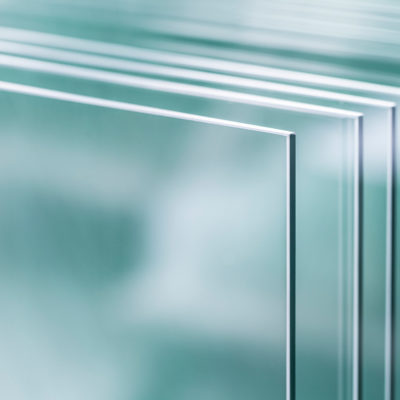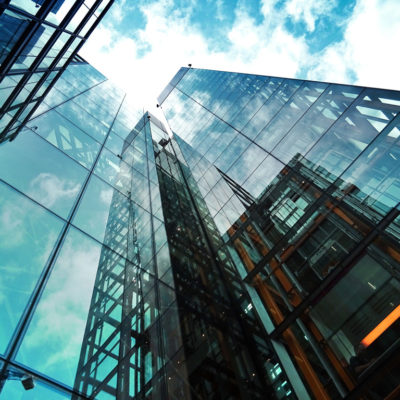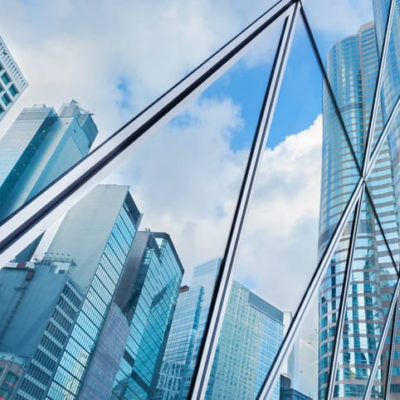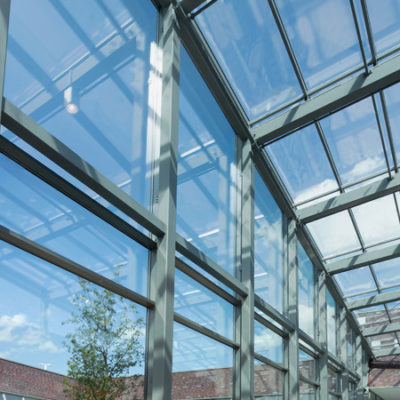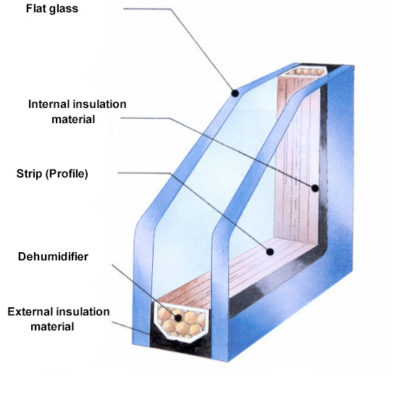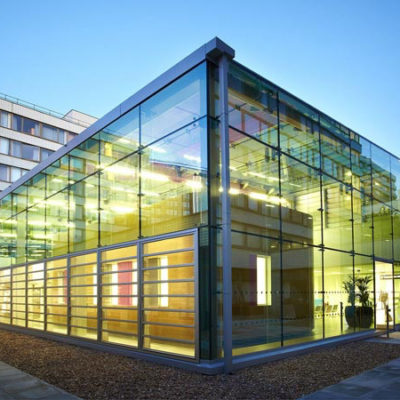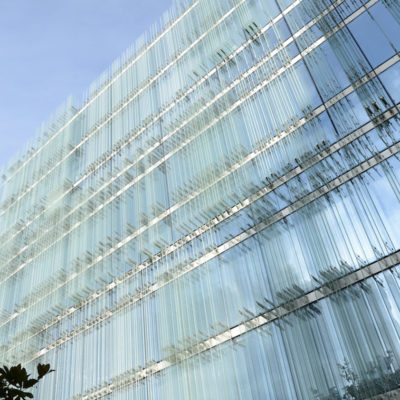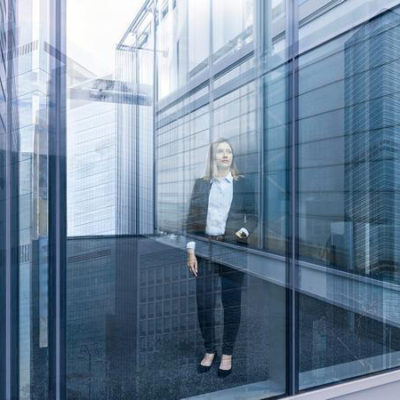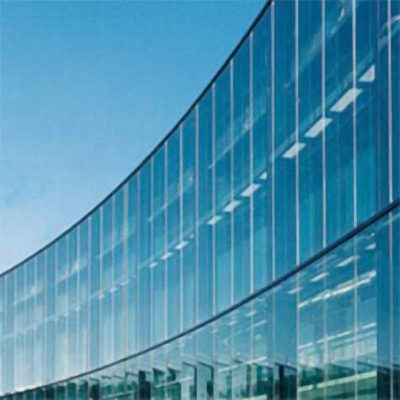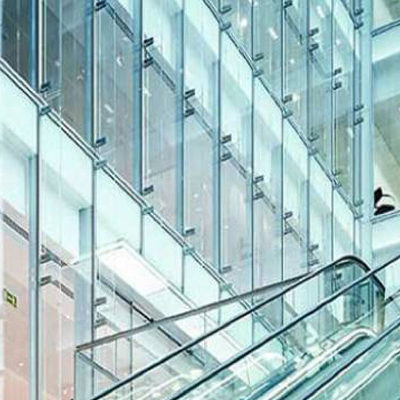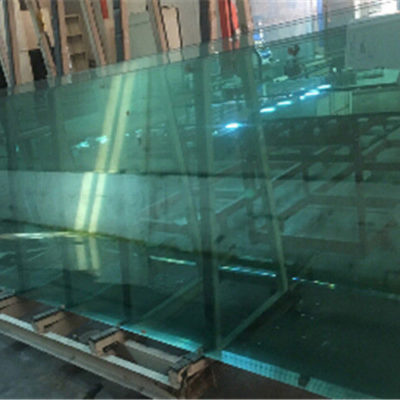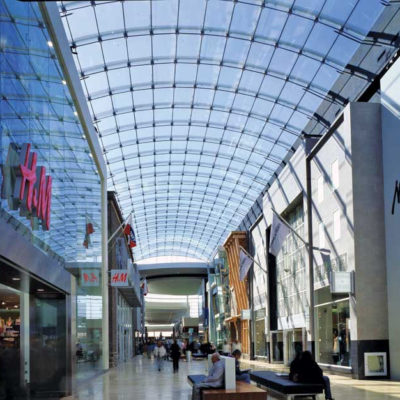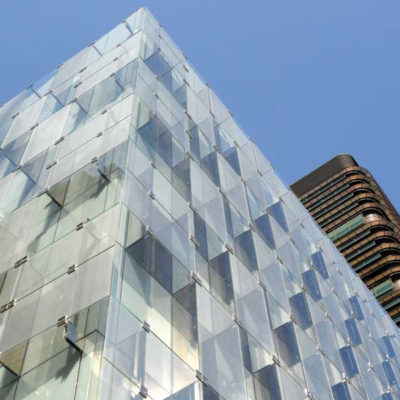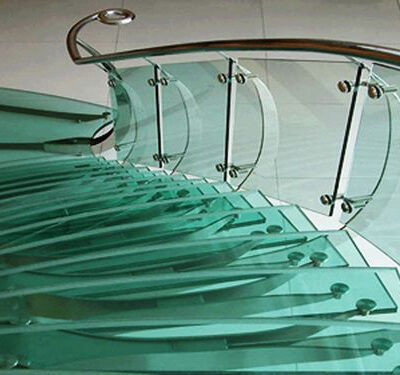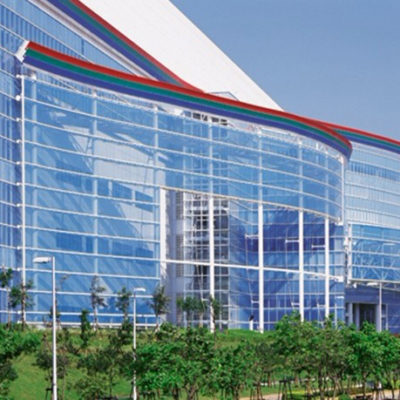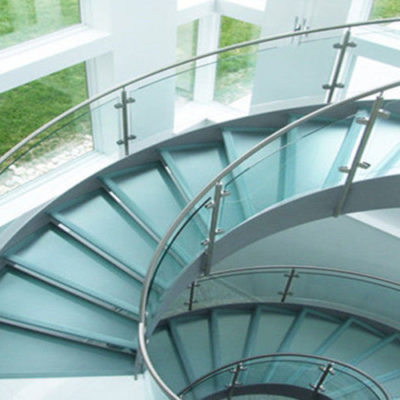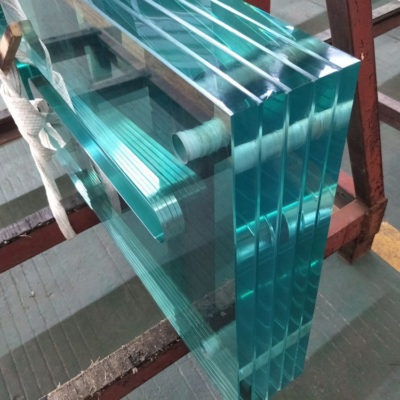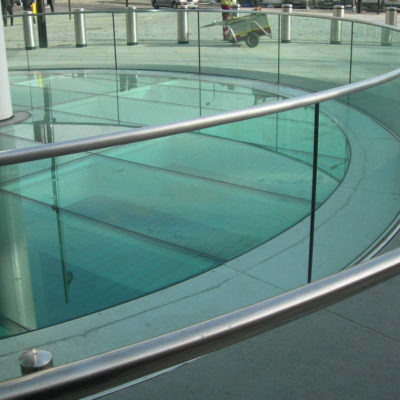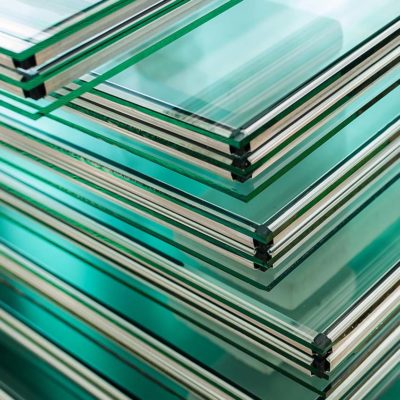Sisecam Flat Glass offers a limitless opportunity for creativity in offering insulation, decoration, safety and security solutions through its high-quality architectural glass that comes in a wide variety; the company is customer-focused in all its operations and creates valuable products for human life and a sustainable environment. As a global player, its solutions address the needs not only of today but of the future as well.

FLAT GLASS
The glass obtained by floating molten glass paste on the liquid tin until it is sufficiently hardened and without adding any dyestuff is called a flat (colorless) glass.
Flat glass can be used as safety and security glass, temperature-controlled glass, sun-controlled glass, noise controlling glass, heat and sun controlling glass and decorative glass by Application of secondary processes such as edge processing, bending, tempering, partial tempering, lamination, coating, double glazing.
Thanks to the features added to the flat glass by secondary operations, area of utilization in many industries such as construction, decoration, automotive, white goods, agriculture, energy are provided.
INSULATION GLASS
These are units made by combining two or more glass plate and filling gap between glass plates with gases (argon etc.) that will provide proper dry air or insulation compatible with ambient pressure.
In order to create an air or gas gap between the glass plates, a spacer strip should be used and dehumidifier materials should be put in spacer strips. The glass plates and spacer strips must be joined using internal insulating material (butyl / polyisobutylene) and external insulating material must be applied to seal the insulating glass.
Thickness of the glass forming the insulation glass should be determined by considering loads such as wind, snow and so on.
LAMINATED GLASS
The production of laminated glass is made by pressing more than one glass layer under heat and pressure with polyvinyl butyral (PVB) foils that are highly elastic and tear resistant. At 12 bar pressure and 150 ⁰C temperature, the glass is autoclaved to transform into a laminated glass.
TEMPERED GLASS
Tempered glass is a kind of safety glass. The original glass is thermally processed to enhance its strength, a stronger and safer glass form that is often needed for most applications is created by this way. Tempering process is a process where glass is heated to 600 °C – 650 °C by means of special heating systems specific for this process and is suddenly cooled by air cooling.
Product Features
- While normal glasses can be shattered into sharp particles after breakage and cause injury, tempered glasses break into small and non-sharp pieces in case of breakage. Therefore, the risk of injury is minimized.
- It is 4-5 times more durable compared the original glass.
- It has good thermal stability and can withstand temperature differences.
- While the tempered glass can withstand a thermal shock of 300 °C, the non-tempered glass can be broken when subjected to thermal shock of about 40 °C.
- It also increases the resistance to thermal shock and can withstand temperature changes up to 150 ~ 200 °C.
- After the glasses become a tempered glass, cutting, grinding and metal cutting operations cannot be performed. Heat treatment does not change the volume, color, clarity and chemical structure of glass.




